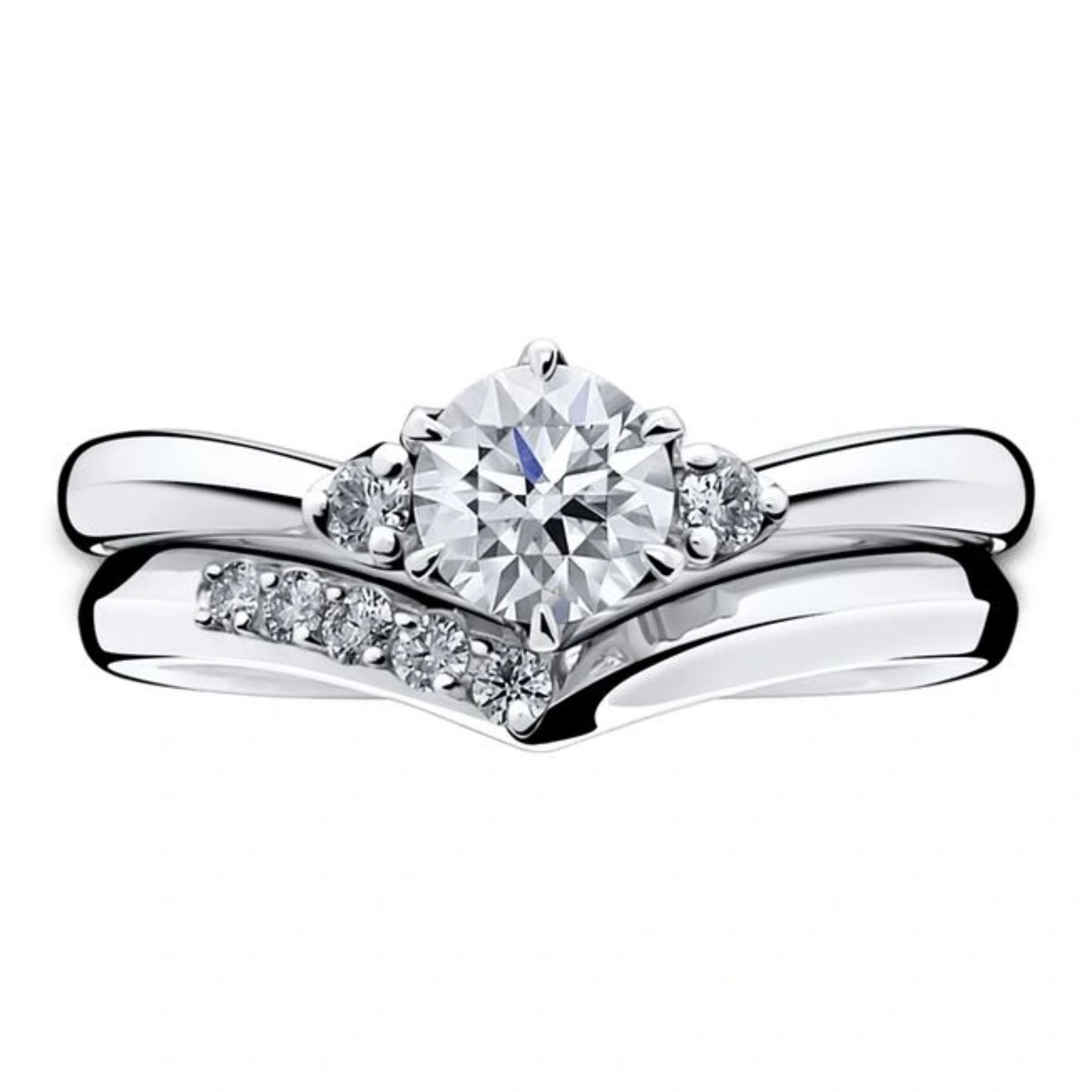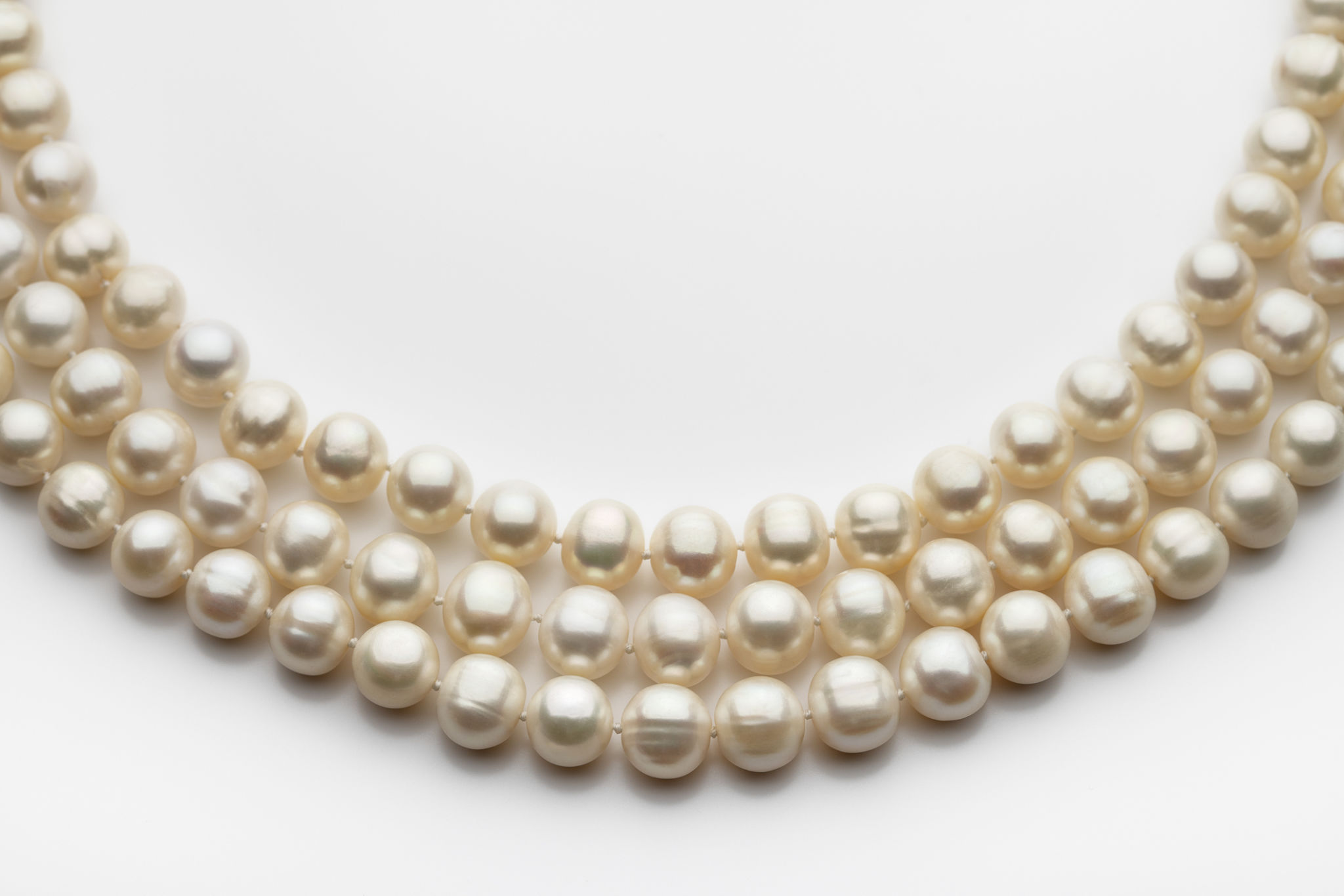Debunking Common Jewelry Myths: What You Really Need to Know
The Truth About Gold and Tarnishing
One of the most common misconceptions about jewelry is that pure gold never tarnishes. While it is true that pure gold (24k) is resistant to tarnishing, most jewelry is not made from pure gold due to its softness. Instead, gold is often alloyed with other metals for durability, which can lead to tarnishing over time. Understanding the composition of your gold jewelry can help you care for it properly and maintain its shine.
Another myth surrounding gold is that higher karat means better quality. While higher karat gold contains more pure gold, it is also softer and more prone to scratching and bending. For everyday wear, many people prefer 14k or 18k gold, which offers a balance between purity and durability.

Diamonds: More Than Just a Girl's Best Friend
Diamonds are often surrounded by myths, the most popular being that they are indestructible. While diamonds are the hardest natural material, they are not unbreakable. A sharp blow can chip or crack a diamond, so it's important to handle them with care. Regular maintenance, such as cleaning and checking the setting, can help keep your diamond jewelry in pristine condition.
Another common belief is that all diamonds are the same. In reality, diamonds vary greatly in terms of cut, color, clarity, and carat weight. These factors, known as the "Four Cs," determine a diamond's quality and value. Understanding these can help you make informed choices when purchasing diamond jewelry.

Silver Jewelry: Dispelling the Myths
Many people believe that silver jewelry is inferior to gold or platinum. This is a misconception; silver offers a unique blend of beauty and versatility. However, a common issue with silver is its tendency to tarnish. This occurs when silver reacts with sulfur in the air, but it can be easily cleaned and polished to restore its original shine.
Another myth about silver is that it causes skin discoloration. While some people may experience skin reactions, this is often due to the copper content in sterling silver or a reaction with cosmetics or lotions, rather than a fault of the silver itself.

Understanding Pearl Jewelry
Pearls have long been cherished for their elegance, yet several myths persist about them. One popular myth is that pearls dissolve in vinegar. While vinegar can damage pearls over time, they do not dissolve instantly. With proper care, including avoiding acidic substances, pearls can last for generations.
Another misconception is that natural pearls are the only valuable type. In reality, cultured pearls, which are grown under controlled conditions, are just as beautiful and often more affordable. By understanding the differences between natural and cultured pearls, you can select pieces that suit your style and budget.

Conclusion
Debunking these common jewelry myths helps consumers make more informed decisions. Whether you're investing in gold, diamonds, silver, or pearls, understanding the truths behind these myths can enhance your appreciation and care for your jewelry collection. By separating fact from fiction, you ensure that your treasured pieces remain beautiful and cherished for years to come.
